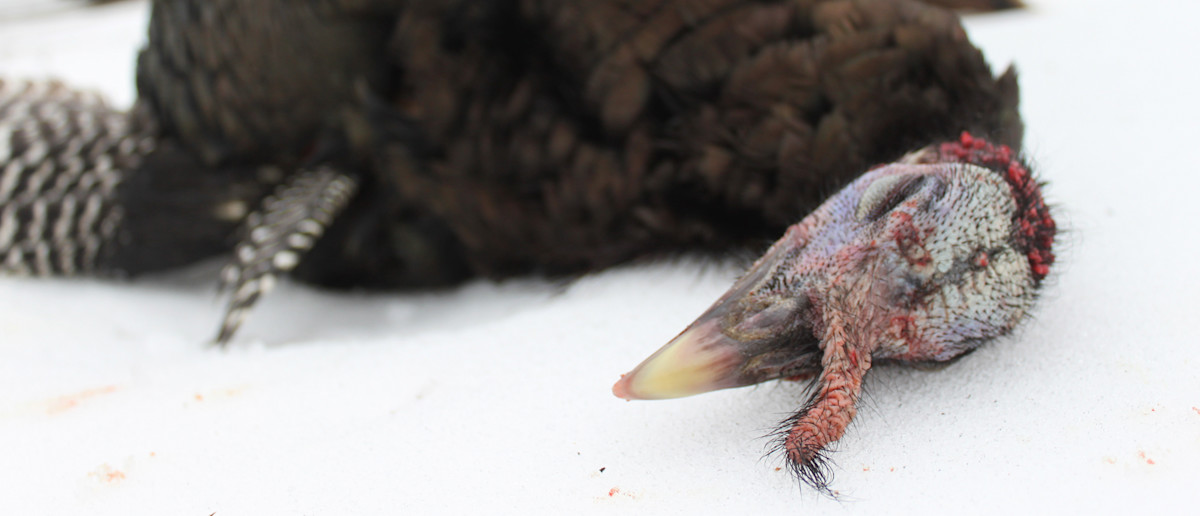
In an upcoming article for Turkey & Turkey Hunting, I break down the biology of turkeys and what makes them such a badass. I look at their incredible sense of sight, which allows them to see certain things that fall into the UV light range like the phosphates in our laundry detergent. I look at their ears, which allows them to hear in 20x more detail than us. I look at their wings, which are an anomaly in the world of birds due to their incredibly low wing loading score. I look at their legs, which allow them to reach speeds that would keep up with Usain Bolt. And I look at their brain, which has assisted them in rebounding from 30,000 birds in 1930, to 7 million in 2015.
What about their sense of smell, though? I’ve often heard the phrase used, “If turkeys could smell, you’d never kill one.” Are these incredible animals really missing an entire sense? Sort of.
For starters, turkeys have a very weak sense of taste. Like most birds, they only have a couple hundred taste buds, which is about 9000 less than a human. This means turkeys have a pretty limited palette and are only able to sense flavors like sweet, sour, acid and bitter. Their sense of smell is equally weak.
Observational studies have been done where biologists would test turkeys with piles of corn that contained moth balls. What they learned is that the off-putting smell from the moth balls didn’t bother the birds at all, as they were just as likely to eat from those piles of corn as regular piles of corn.
A turkey’s anatomy tells us more, especially when you look at the part of the brain that animals dedicate to their sense of smell – the olfactory lobes. In a turkey, these are very small and underdeveloped, which leads scientists to believe that their sense of smell is almost nonexistent. In animals that have a great sense of smell, like a canine, the olfactory lobes are more developed and take up a larger portion of the brain.
So, the old saying about turkeys and their terrible noses probably is true. Just be thankful this spring when you break a sweat headed to the blind that you’re not after whitetails.
To check out the full article, and to see how a turkey uses its eyes, ears, feathers, legs and brain to evade predators, pick up the upcoming issue of Turkey & Turkey Hunting that hits newsstands soon.




